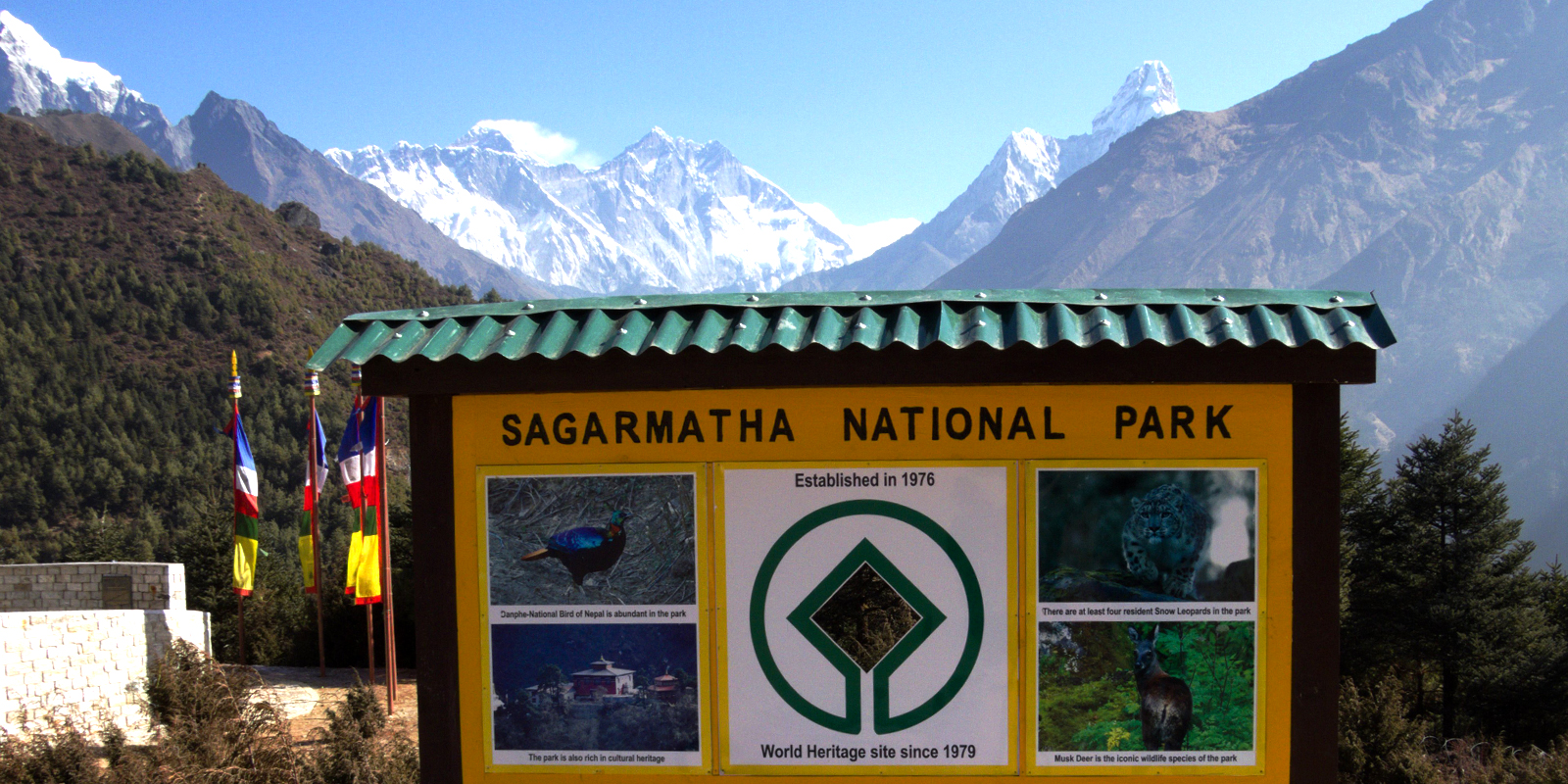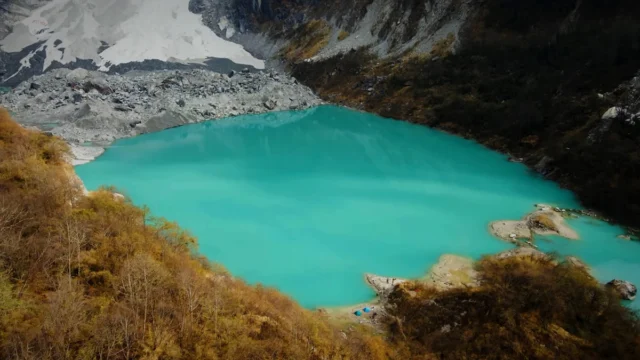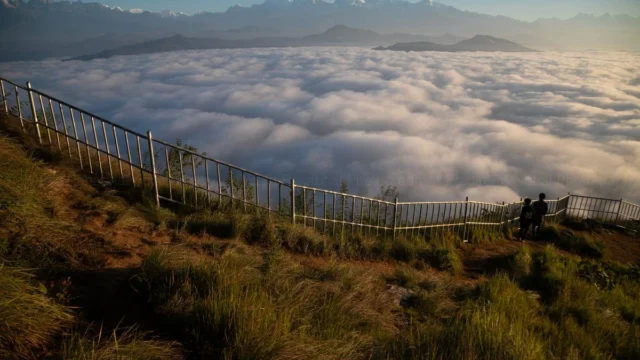Sagarmatha National Park, home to the world’s highest peak, Mount Everest, is a premier destination for adventurers and nature enthusiasts. To ensure a memorable experience, here are some essential travel details you need to know about visiting this iconic park.
The weather in Sagarmatha National Park is characterized by significant variations depending on the season. For most travelers, the ideal time to visit is from October to November. During this period, the weather is relatively stable, offering clear skies and breathtaking views of the snow-capped peaks. Daytime temperatures are generally pleasant, ranging from 10°C to 15°C (50°F to 59°F), while nights can be quite cold, often dropping below freezing. It’s crucial to prepare for fluctuating weather conditions by packing appropriate layers, including thermal wear and waterproof clothing.
A visit to Sagarmatha National Park typically requires 3 to 4 days to fully appreciate its natural beauty and explore its key attractions. This duration allows travelers to experience the park’s diverse landscapes, from lush forests and alpine meadows to stark, rugged terrain near the Everest base camp. A 3-day itinerary usually covers a trek to the Everest Base Camp or other significant viewpoints, while a 4-day itinerary can include additional exploration of the park’s rich biodiversity and cultural sites.
The best time to visit Sagarmatha National Park is from October to November. This window is considered optimal due to favorable weather conditions and lower chances of rain, which enhances visibility and trekking conditions. The post-monsoon period ensures that the trails are clear and the skies are typically free of clouds, offering stunning panoramic views of Mount Everest and other Himalayan peaks. Moreover, this time avoids the peak tourist rush of spring, providing a more serene and intimate experience in the park.
Travelers planning their trip to Sagarmatha National Park should also be mindful of the park’s high altitude, which can affect those not acclimatized. It is advisable to spend a day or two acclimatizing in the region before undertaking more strenuous treks. Additionally, ensuring proper permits and following park guidelines are essential for a safe and enjoyable visit.
To make the most of your trip to Sagarmatha National Park, plan to visit during the optimal months of October to November, be prepared for cold temperatures, and allocate 3 to 4 days to explore this spectacular region. With the right preparation, your journey through this UNESCO World Heritage site will undoubtedly be an unforgettable adventure.






